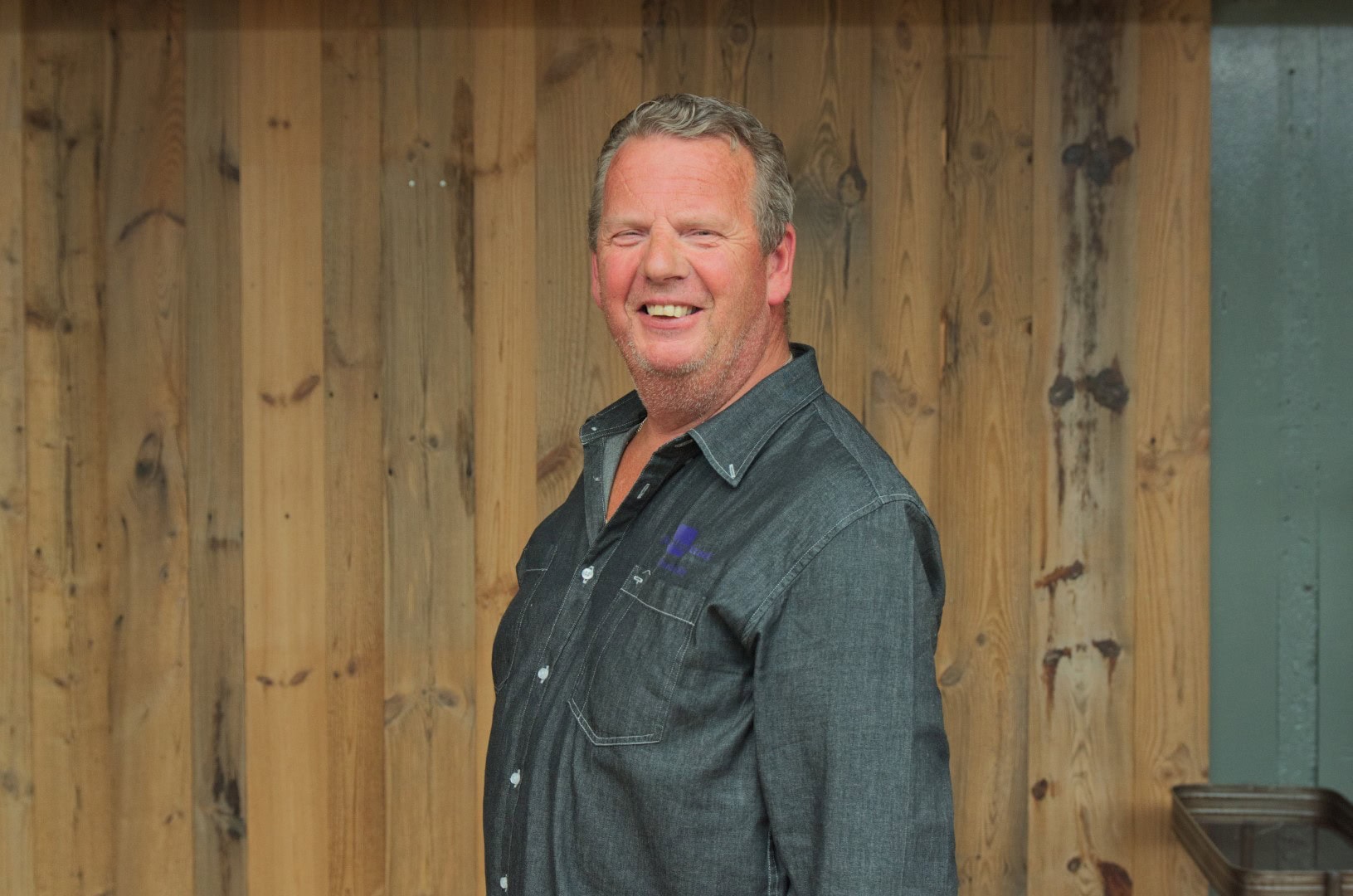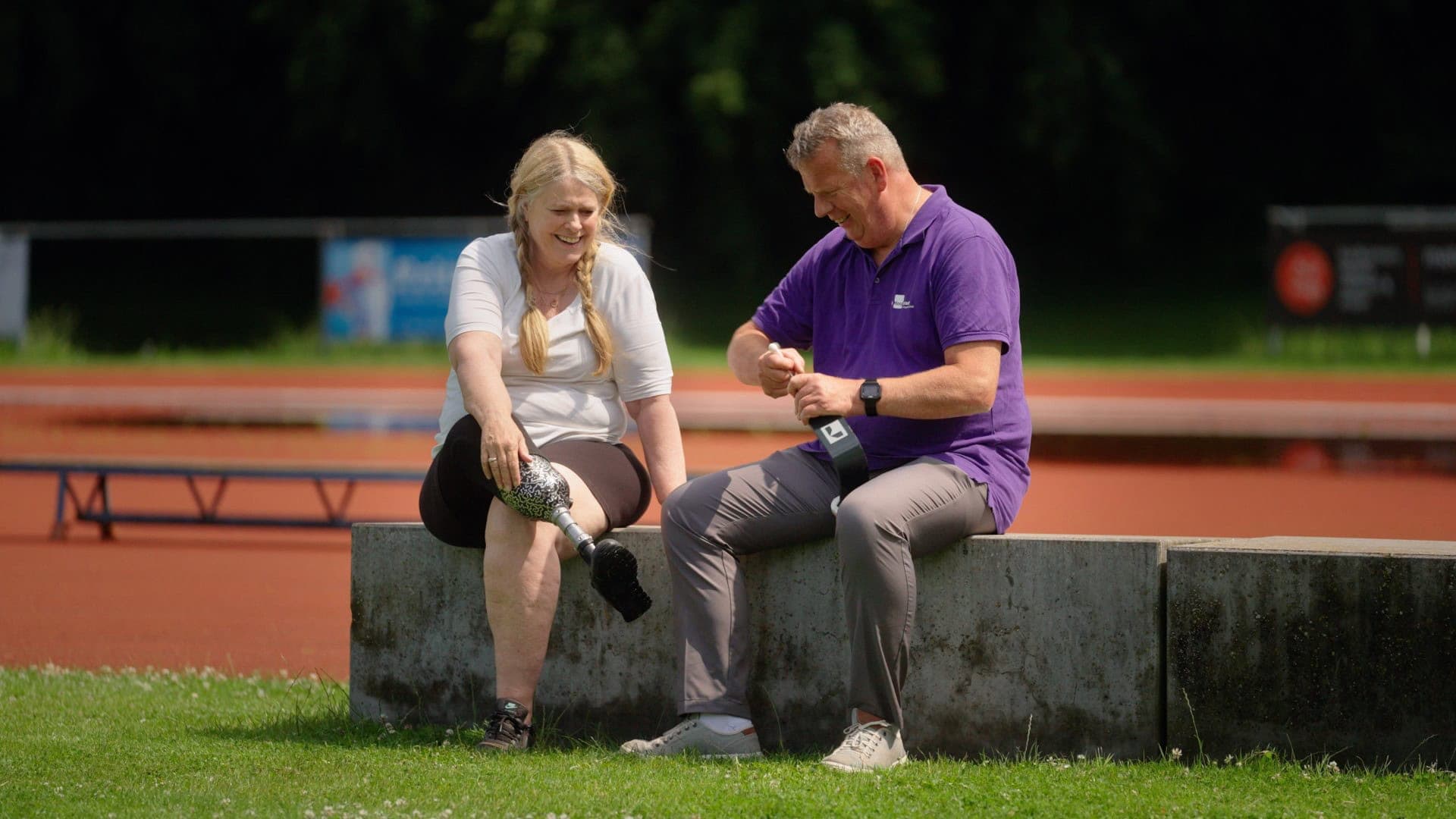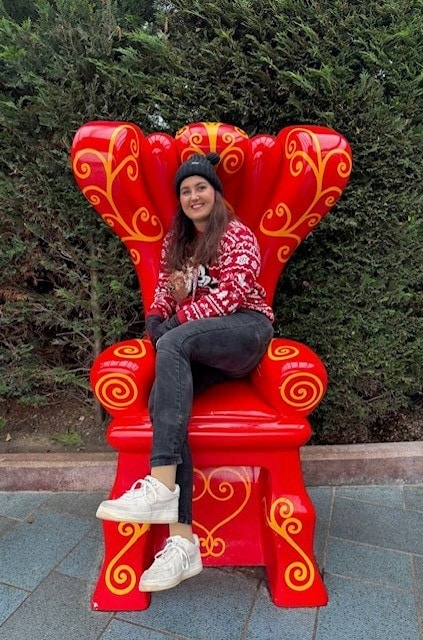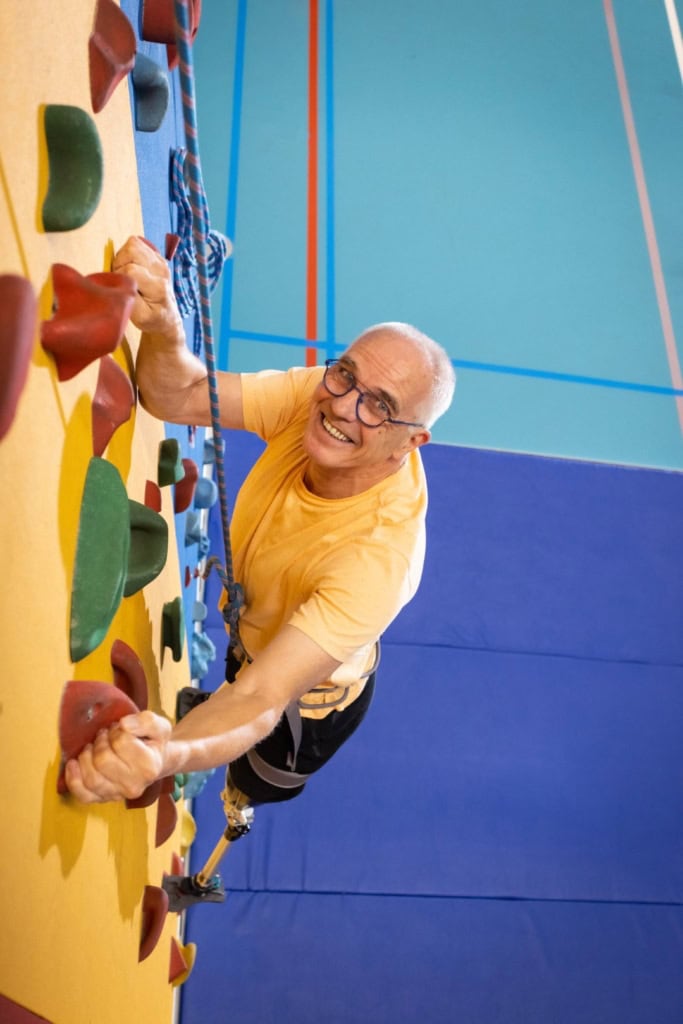Interview with movement coach Frank Dik
“After your rehabilitation, you think you’re done learning to walk, but that’s when it really begins. Keep asking yourself if it can’t be better! You rehabilitate for a lifetime, that’s my view.”

“Frank, how did you become a trainer for people with amputations?
In 1997, I was approached by an instrument maker. He had clients who wanted to move more with their prosthesis. I had already been an athletics coach for able-bodied athletes for 15 years and embraced this challenge with both hands! I started looking for information about training with a prosthetic leg, but there was very little to be found on the internet and in libraries.”
How did you do your research?
I combined my knowledge of able-bodied athletics with everything I observed in the people I was training. I made videos, searched for information about knees and feet, and through trial and error, I made this ‘branch of sport’ my own. I combined elements of ‘able-bodied’ athletics with the practical experience we gained and the knowledge I acquired about prosthetics.
You also became the Paralympic national coach?
Yes, between 2000 and 2008, I was the national athletics coach for amputees and I guided people to the Paralympic Games. Fantastic work. However, after 2008, I wanted something different. I wanted to expand my focus and not just concentrate on elite sports because I saw that every prosthetic user could benefit from my tips and lessons.
You have a very different view on movement compared to most physiotherapists, how is that?
I look at walking patterns through my sports lens. Athletes – and also blade users – don’t use their heel, but walk on the toe to gain speed. In regular rehabilitation for amputees, there is a lot of emphasis on placing the heel down. But an able-bodied person doesn’t do that either.
‘Place your foot actively, don’t stretch your leg too far in front of you and control more from your healthy leg. Be in control of your knee’
The heel, doesn’t that have to do with seeking stability?
Yes, that’s what people think, but it’s not really the case. People learn to place their foot on the heel and then extend the prosthesis too far in front of them. That’s not smart, because then you have to essentially lift your healthy hip over a whole hill to get past it.
How should it be according to you?
Place your foot actively, don’t stretch your leg too far in front of you, and control more from your healthy leg. Be in control of your knee.
Isn’t that difficult with an electronic knee? It also wants to be in control, right?
Yes, it’s a bit trickier, you need a little more patience, but even then, the above tips are very useful.
Do you have tips for our clients with a leg prosthesis?
Yes, get moving! This applies to everyone, but especially to people with a leg amputation who are more inclined to stay seated. After your rehabilitation, you think you’re done learning to walk, but that’s when it really begins. Keep asking yourself if it can’t be better! You rehabilitate for a lifetime, that’s my view. People with a leg amputation often don’t know the way to move more, and that’s a shame.
You work with everyone who has a leg amputation, even if they just want to learn to walk better?
Absolutely! That’s right. It’s about being able to do what you want. For one person, that might be going grocery shopping, while for another, it’s a Paralympic dream. As long as you’re making progress, even just one step forward. That’s when I’m satisfied because the client is too!
How can clients make an appointment with you?
Clients can schedule an appointment with me through the receptionists in Amsterdam, Utrecht and Rotterdam. They can also do this by phone. Just be sure to mention that it’s for a walking training.
Do you have any more plans?
I’m excited to see more people move better, whether it’s the elderly man of 80, the 8-year-old girl or the rising Paralympic talent. I do it for all of them. If they’re happy, I’m happy too!





